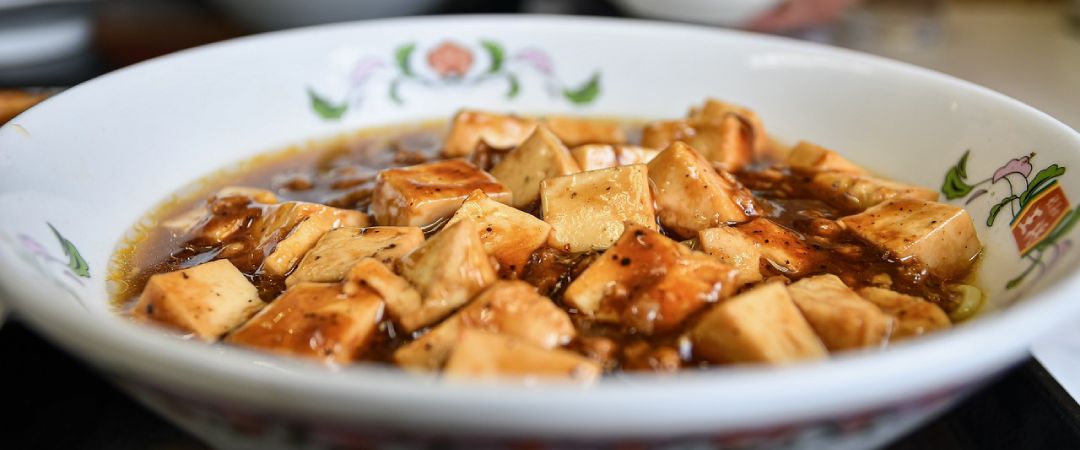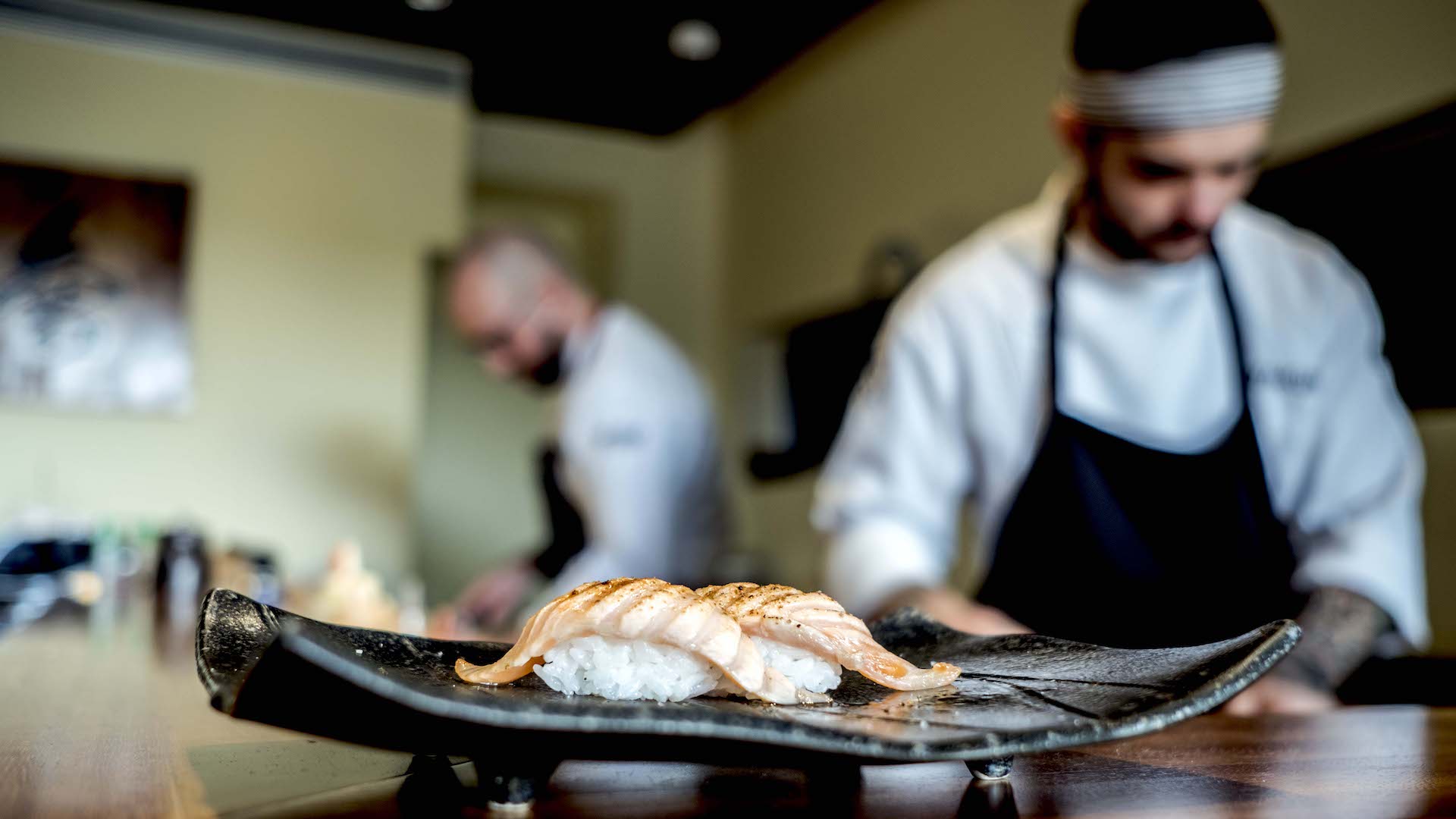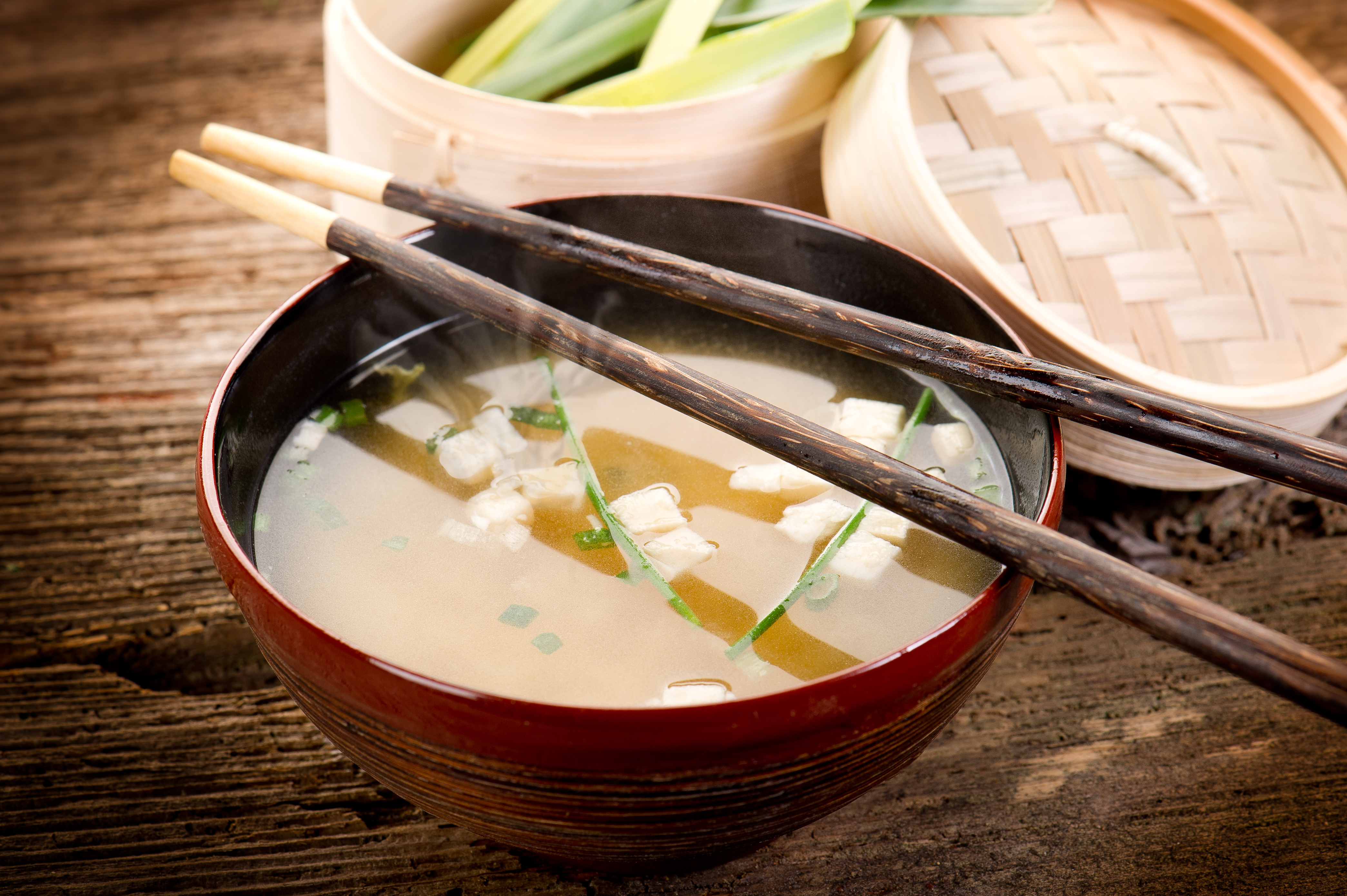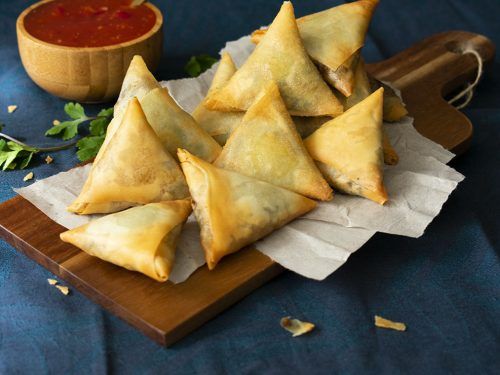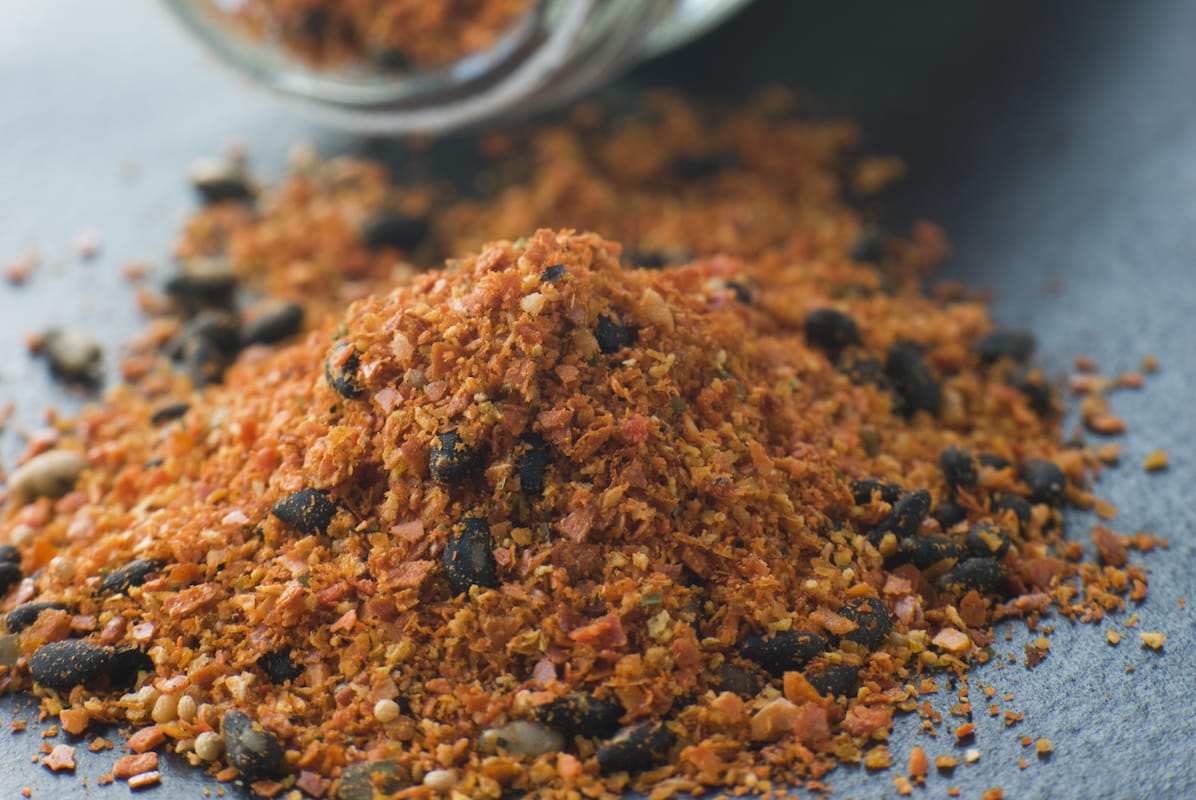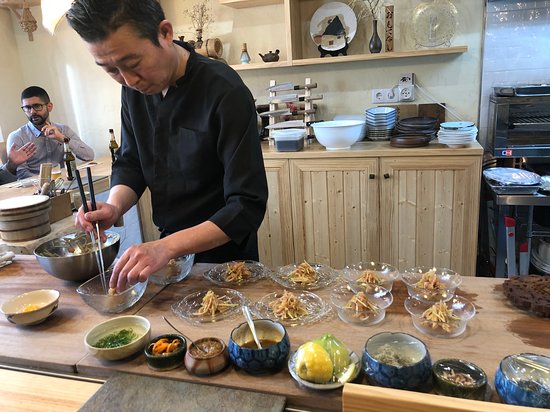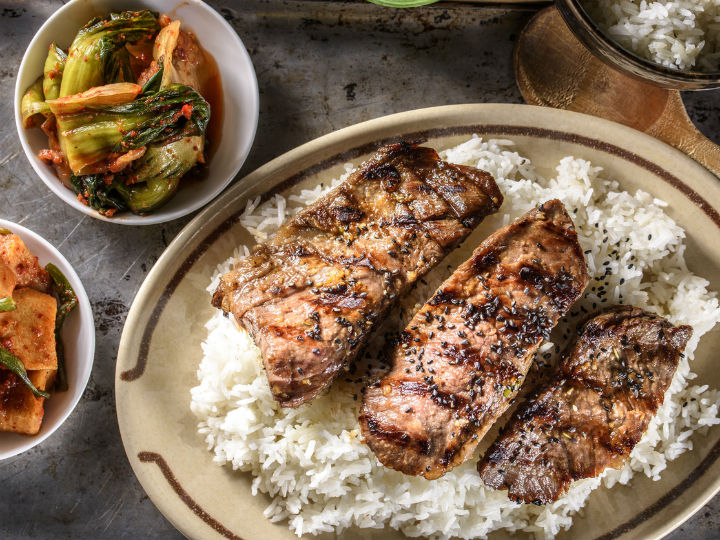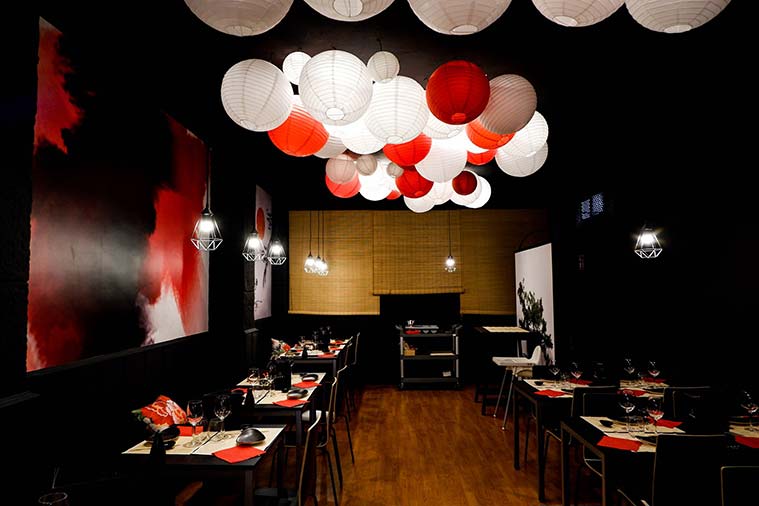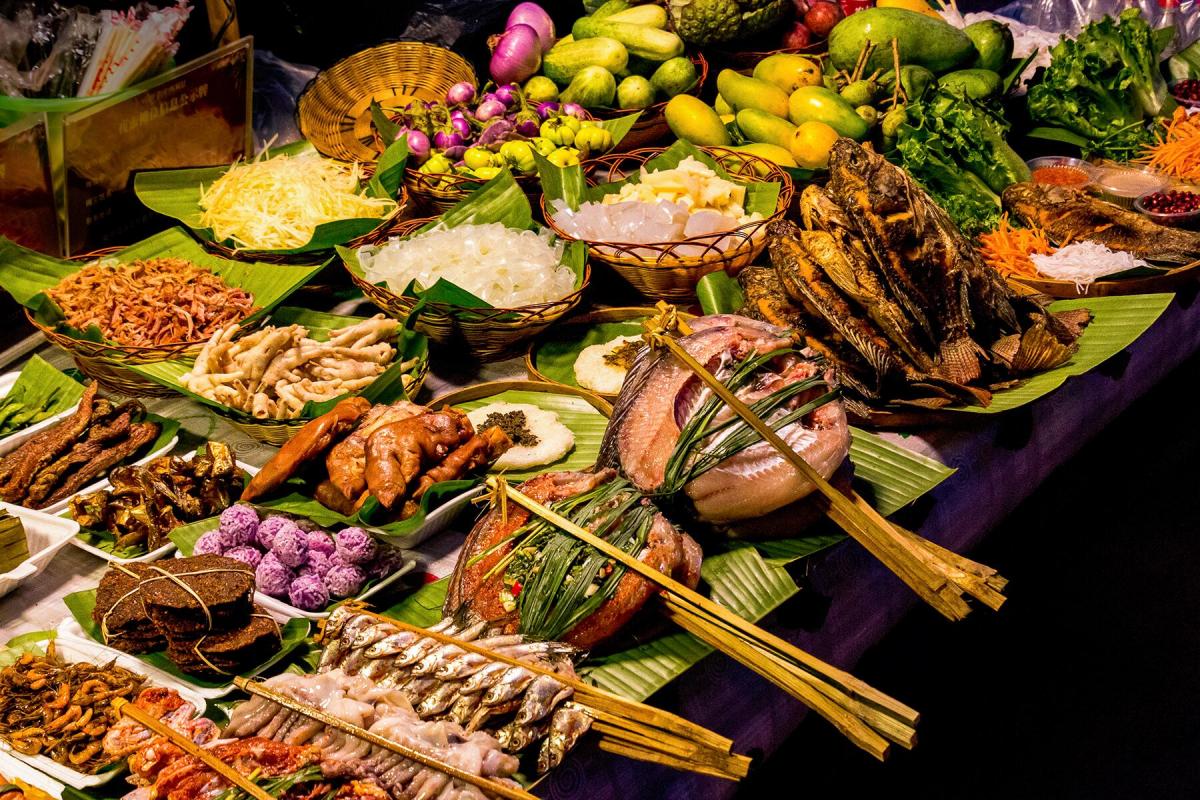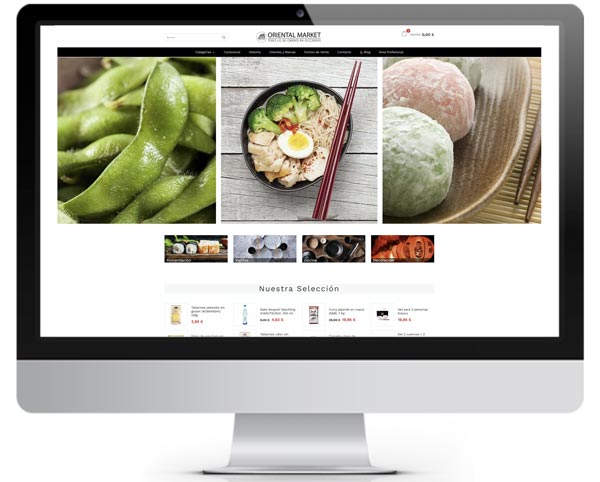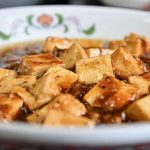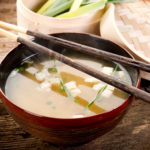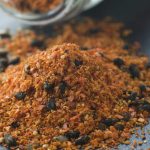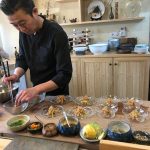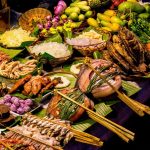Enoki: what they are, how to use them and health benefits
The enoki is a type of mushroom originating in Japan, also known by such suggestive names as velvet foot, golden needle or winter mushroom, although its real name is Flammulina…
Furikake: what it is, how to use it and where to buy it
Many Japanese ingredients and recipes have been successfully introduced into Western cuisine, such as sushi, sukiyaki and soy sauce. However, Japanese cuisine hides other lesser-known gastronomic treasures, such as furikake,…
Best Japanese restaurants in Malaga
Malaga, an Andalusian coastal city, now also combines its Mediterranean culture and gastronomy with Japanese philosophy and ethics. An increasing number of Asian restaurants are making a name for themselves…
Benefits of miso soup
After the holidays and the eternal New Year’s Eve meals, one of the most mentioned resolutions for 2022 is to keep in shape and start a healthy diet. That’s why,…
Samosas: what they are, where to buy them and how to cook them
Samosa is one of the most popular dishes in India, Tibet and Pakistan. It is shaped like a triangular pastry and the filling varies according to the region. It is…
Shichimi: what it is, how to use it and where to buy it
We often prepare our best dishes and, after a lot of effort and preparation time, when we taste them, we feel that something is missing. In Spain we have some…
Best Japanese restaurants in Murcia
Murcia is also jumping on the bandwagon! The interest and passion for Japanese culture has a place in the city of Murcia. Many restaurants have made a place at the…
Typical South Korean food
Climbing the ladder! South Korean food, one of the most popular in the world, is gaining more prominence thanks to the films Parasite and Squid Game, popularising squid dishes, whether…
Best Japanese restaurants in Zaragoza
Aragon has not been spared the boom in Japanese gastronomy in Spain either. Its capital, Zaragoza, is home to numerous options in its streets where you can sample the most…
Typical Chinese food
A well-known Chinese epithet says: “Food is heaven” and how right it is! Chinese cuisine is one of the oldest in the world… with more than 4 millennia of history…


